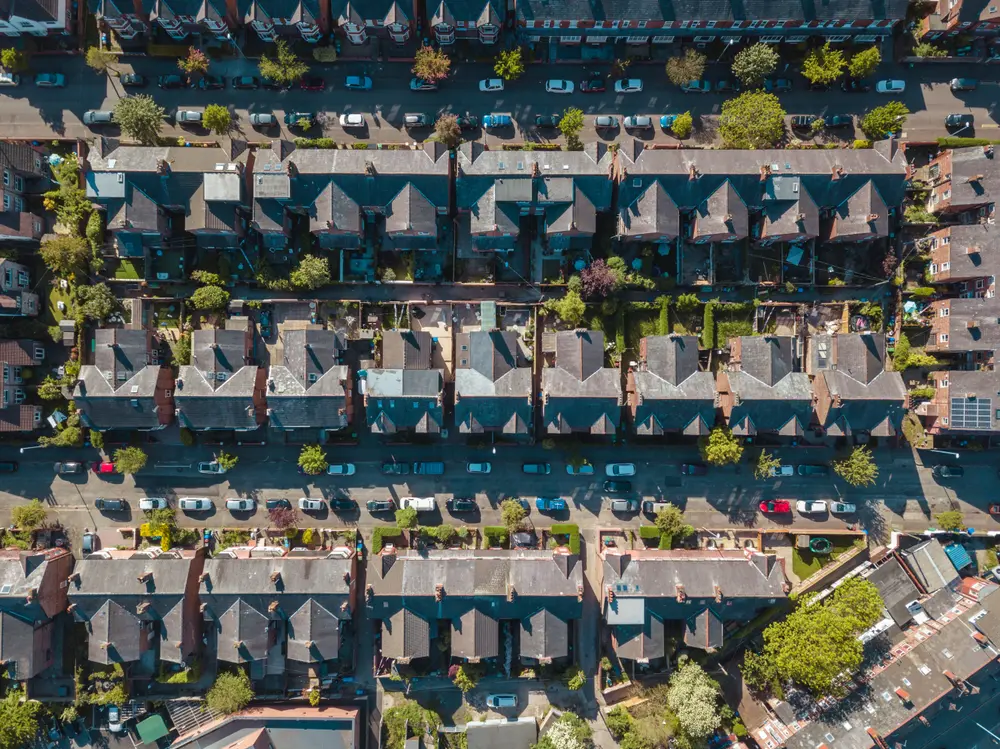Are you looking for stable tenancies and a great rental experience? Heather Martens from Mortgage Advice Bureau runs through some top tips to secure the best tenants.
Finding reliable and respectable tenants is the holy grail for any landlord. While it may seem like a shot in the dark, there are some effective strategies you can use to help you attract and secure quality tenants.
Here are our top tips for finding great tenants (and how to keep them):
1. Optimise your property listing
A well-crafted listing can significantly increase your property’s appeal and visibility. By investing time and effort into your listing, you can attract a larger pool of qualified applicants and likely rent your property faster. To do this, follow these three steps:
- Provide high quality photos: Use professional photographs that showcase your property’s best features.
- Give a detailed description: Provide a clear, accurate description of the property, highlighting its amenities and unique features.
- Set accurate pricing: Be sure to set a competitive rent that reflects the property’s value and local market conditions.
2. Market your property right
Effective marketing is essential if you want to reach a wider audience of potential tenants. There are several marketing channels you can use, each with their own benefits:
- Online rental platforms: Be sure to use platforms like Rightmove and Zoopla to reach your potential tenants.
- Social media: Using social media to showcase your property can help spread the word about your rentals, especially if you build a well-curated profile.
- Virtual tours: Create virtual tours to give potential tenants the most comprehensive view of your property, especially if they can’t visit it in person.
- Local advertising: Consider using local advertising methods such as flyers and posters, or list your rental in local newspapers.
- Word-of-mouth: Encourage satisfied tenants to refer your property to their friends and family. You never know who’s looking!
3. Do a thorough tenant screening
The more you know about your prospective tenants, the better. That’s why you want to take your time and conduct a thorough tenant screening to make sure you’re minimising the risk of problems later down the line.
Be sure you’re checking their credit and references. Reach out to previous landlords if you can to verify their rental history and behaviour. Confirm the tenant’s employment status and income level, and if you’re concerned, you can conduct a background check to identify any criminal records. You will need permission to do a background check in the UK, but if someone isn’t willing to have one done, that may be a red flag right off the bat.
4. Effective communication is key
Maintaining open lines of communication, both before the tenancy starts and as it goes on, is vital for addressing issues and avoiding misunderstandings.
Make sure you’re responding to tenants in a timely manner and setting clear expectations. These will include rent payments, dates, property maintenance, and notice periods. These should also be outlined in the rental agreement.
Conduct regular property inspections to assess the condition of the property and ensure compliance with lease terms. This will also help you check if anything needs to be fixed that the tenants haven’t raised as an issue. Of course, we wouldn’t recommend checking the property every month, but at least once a year is a good start.
5. Use technology to your advantage
There’s a lot that technology can do for us, whether it’s to save time, log maintenance requests, and even keep track of lease renewals. There are a variety of software and apps out there that can help you manage your rental property, both in free and paid versions.
It’s also wise to ensure that all your documents are stored digitally, which makes it easier to handle disputes and questions swiftly and accurately.
6. Create a solid lease agreement
A well-drafted lease agreement is a vital part of the rental process, and it will protect both you and your tenants. By having a clear and comprehensive lease agreement, you can protect your interests and potentially minimise disputes. Here’s what you need to include at a minimum:
- Clear terms and conditions: Clearly define the terms of the tenancy, including start and end dates, rent amount, deposits, and any additional fees.
- Maintenance responsibilities: Outline who is responsible for various types of maintenance.
- Pet policy: Clearly outline your pet policy, including any restrictions or fees. Keep in mind that, legally, your refusal to allow pets must be reasonable.
- Notice periods: Establish clear notice periods for both the landlord and the tenant. You can choose to keep this to the legal minimum or extend it, depending on your circumstances.
- Dispute resolution: Include a clause outlining how the dispute resolution process would work, such as mediation or arbitration.
Consult a legal professional to ensure that your lease agreement is sound and protects your interests.
7. Create a positive tenant experience
A positive tenant experience can lead to longer tenancies, fewer vacancies, and positive word-of-mouth referrals. Here are some tips:
- Make sure you address maintenance issues promptly and professionally.
- Increase rent in a fair and reasonable way.
- Maintain open and honest communication with your tenants.
- Respect your tenant’s privacy.
- Show your appreciation for your tenants (especially those who maintain the property well).
Specialist buy-to-let advice
Your buy-to-let is more than just bricks and mortar – it’s a long-term financial strategy. By understanding the nuances of tenant relationships and property management, you can make the most out of your rental property (or properties!).
This extends beyond just finding good tenants. It’s about ensuring that you’re doing the right things for your buy-to-let across the board.
Check out this article to make sure you’re not just keeping your fingers crossed, but rather investing in your future.









